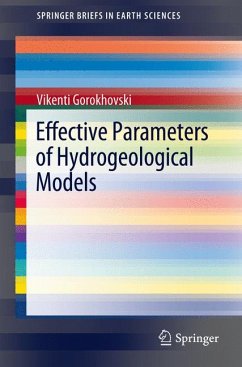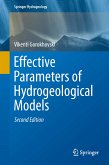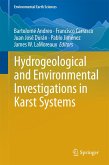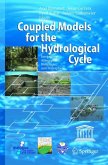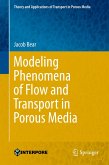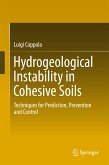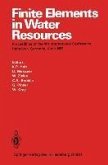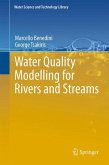Dieser Download kann aus rechtlichen Gründen nur mit Rechnungsadresse in A, B, BG, CY, CZ, D, DK, EW, E, FIN, F, GR, HR, H, IRL, I, LT, L, LR, M, NL, PL, P, R, S, SLO, SK ausgeliefert werden.
"An excellent introduction to hydrogeological models and the variety of methods to treat uncertainty surrounding models. ... This book provides an alternative way of treating model uncertainties, which, in my opinion, is a great contribution to the hydrogeological community. ... The active voice is used throughout the book; reading is like the author telling stories, making the book intelligible and entertaining. ... I highly recommend this excellent book to anyone who has an interest in hydrogeology and numerical modeling." (Peiyue Li, Environmental Processes, April, 2014)

